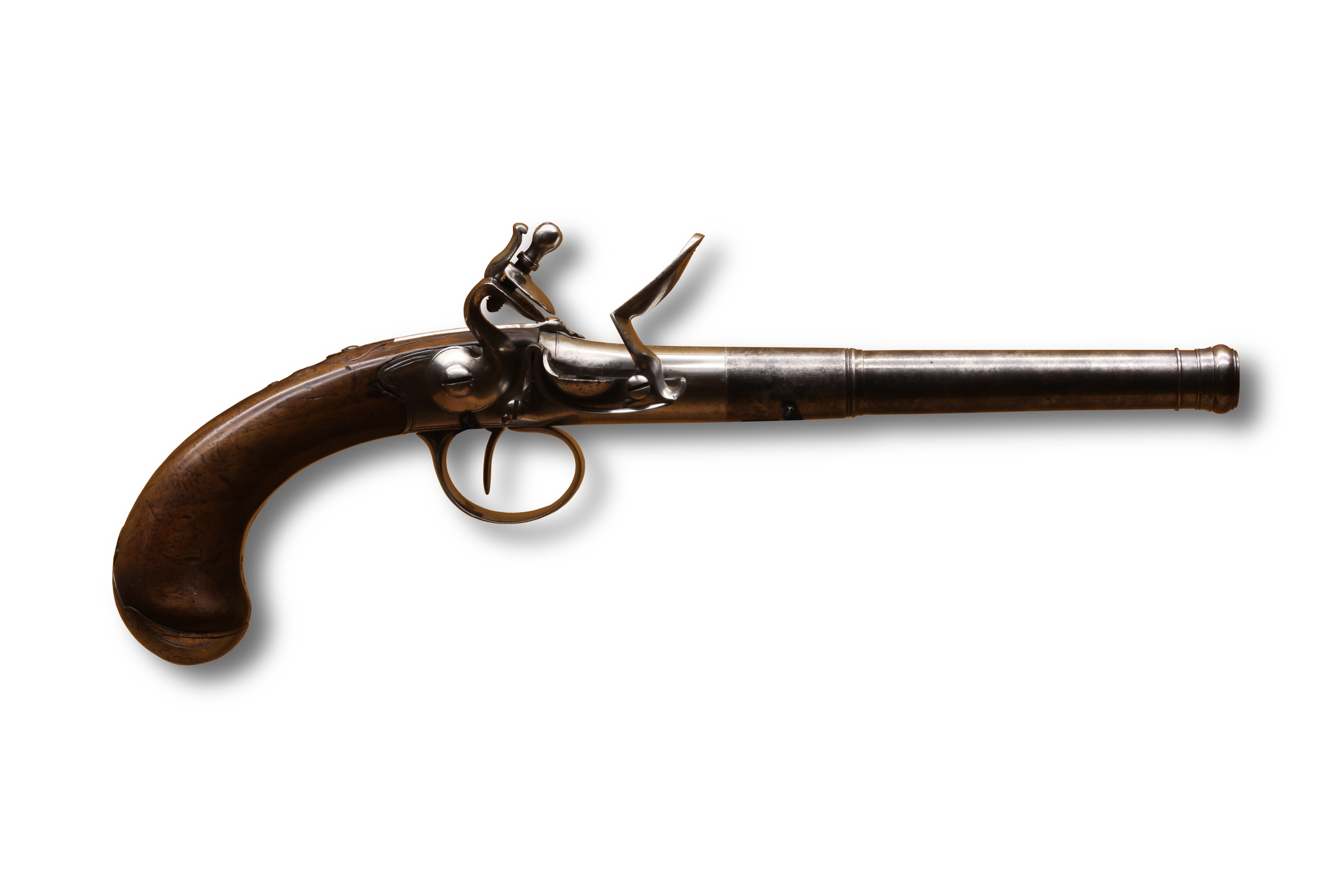|
Overcoat Pistol
Queen Anne pistols are a type of breech-loading flintlock pistol known as a turn-off pistol, in which the chamber (firearms), chamber is filled from the front and accessed by unscrewing the barrel (firearms), barrel. Another distinguishing feature of the design is that the lock (firearm), lock-plate and the breech section (chamber) of the firearm are forged as a single piece. Possibly first made in England, they came in fashion in England during the reign of Anne, Queen of Great Britain, Queen Anne (reigned 1702–1714) and are consequently so named. This type of pistol is noted for being made small, so that it could be easily carried and concealed. Carbines of this design are also documented. Design Queen Anne pistols are flintlock pistols with three defining characteristics. They have a turn-off barrel (firearm), barrel, typically with a swelled cannon muzzle, and are chamber-loaded. The body of the pistol (the breech) and the lock-plate are forged as a single piece. T ... [...More Info...] [...Related Items...] OR: [Wikipedia] [Google] [Baidu] |
Pistolet à Silex Queen Anne IMG 3172
A pistol is a handgun, more specifically one with the chamber (firearms), chamber integral to its gun barrel, though in common usage the two terms are often used interchangeably. The English word was introduced in , when early handguns were produced in Europe, and is derived from the Middle French ''pistolet'' (), meaning a small gun or knife. In colloquial usage, the word "pistol" is often used to describe any type of handgun, inclusive of revolvers (which have a single barrel and a separate cylinder (firearms), cylinder housing multiple chambers) and the pocket-sized derringers (which are often multiple-barrel firearm, multi-barrelled). The most common type of pistol used in the contemporary era is the semi-automatic pistol, while the older single-shot and lever action, manual repeating pistols are now rarely seen and used primarily for nostalgic hunting and historical reenactment, and the fully automatic machine pistols are uncommon in civilian usage due to generally poor r ... [...More Info...] [...Related Items...] OR: [Wikipedia] [Google] [Baidu] |
Gunpowder
Gunpowder, also commonly known as black powder to distinguish it from modern smokeless powder, is the earliest known chemical explosive. It consists of a mixture of sulfur, carbon (in the form of charcoal) and potassium nitrate (saltpeter). The sulfur and carbon act as fuels while the saltpeter is an oxidizer. Gunpowder has been widely used as a propellant in firearms, artillery, rocketry, and pyrotechnics, including use as a blasting agent for explosives in quarrying, mining, building pipelines and road building. Gunpowder is classified as a low explosive because of its relatively slow decomposition rate and consequently low brisance. Low explosives deflagrate (i.e., burn at subsonic speeds), whereas high explosives detonate, producing a supersonic shockwave. Ignition of gunpowder packed behind a projectile generates enough pressure to force the shot from the muzzle at high speed, but usually not enough force to rupture the gun barrel. It thus makes a good propellan ... [...More Info...] [...Related Items...] OR: [Wikipedia] [Google] [Baidu] |
Black-powder Pistols
Gunpowder is the first explosive to have been developed. Popularly listed as one of the "Four Great Inventions" of China, it was invented during the late Tang dynasty (9th century) while the earliest recorded chemical formula for gunpowder dates to the Song dynasty (11th century). Knowledge of gunpowder spread rapidly throughout Asia and Europe, possibly as a result of the Mongol conquests during the 13th century, with written formulas for it appearing in the Middle East between 1240 and 1280 in a treatise by Hasan al-Rammah, and in Europe by 1267 in the ''Opus Majus'' by Roger Bacon. It was employed in warfare to some effect from at least the 10th century in weapons such as fire arrows, bombs, and the fire lance before the appearance of the gun in the 13th century. While the fire lance was eventually supplanted by the gun, other gunpowder weapons such as rockets and fire arrows continued to see use in China, Korea, India, and eventually Europe. Bombs too never ceased to develo ... [...More Info...] [...Related Items...] OR: [Wikipedia] [Google] [Baidu] |

